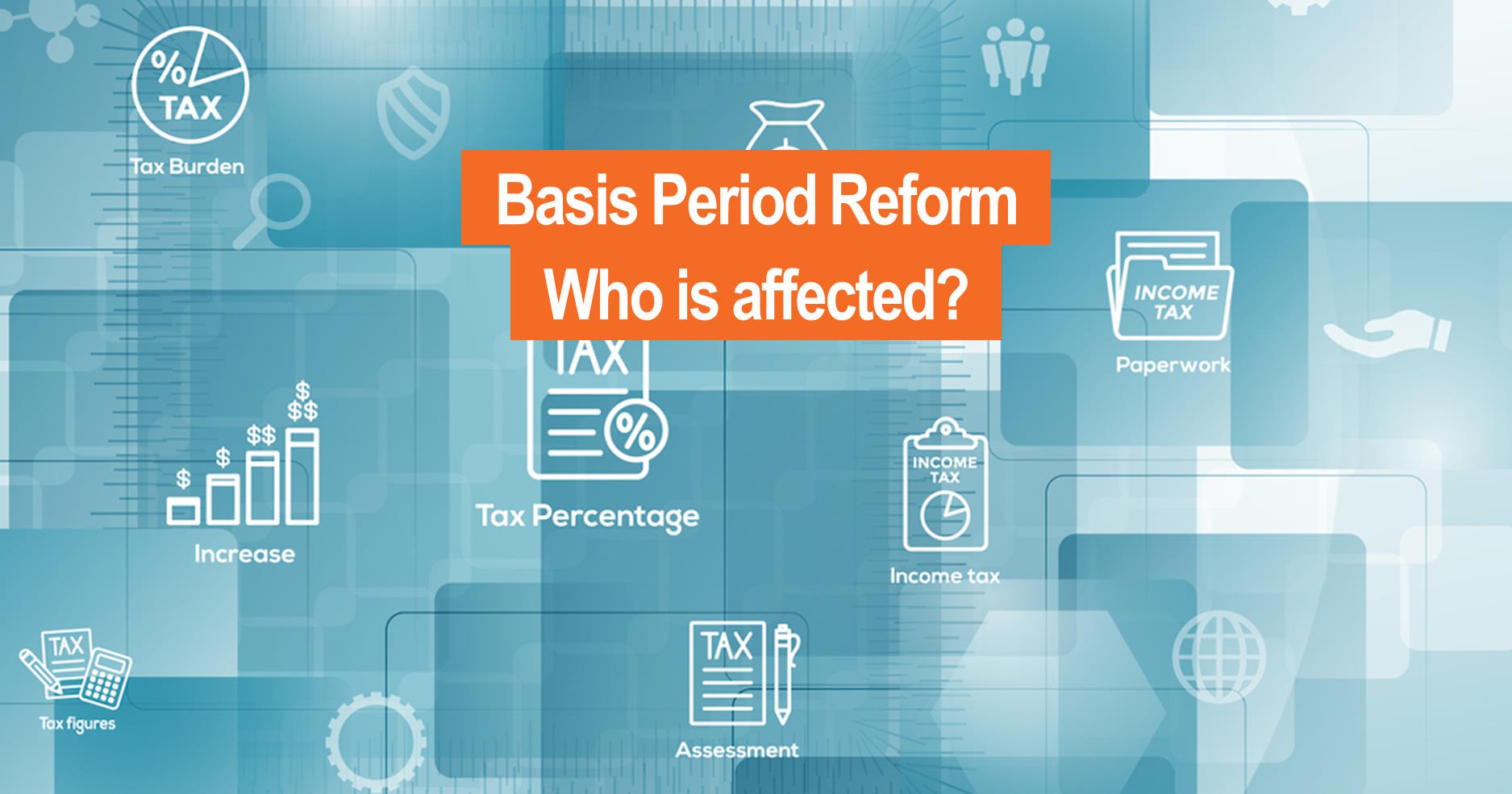Who Is Affected By The Reform
Basis period reform will align the tax reporting periods for all self-employed individuals (sole traders), limited liability partnerships (LLPs) and unincorporated entities to the HMRC tax year. This means they will need to report their business income and expenses (trading profits) to HMRC based on the tax year dates of 6th April to 5th April.
If your accounting year-end dates are already aligned with the tax year, that is, from 31st March to 5th April (inclusive), then you will not be affected.
Previously, the basis period rules allowed for reporting based on individual accounting periods, but the reform removes this option so that everyone reports on the same tax year basis. The transitional period for those affected kicks in from 6 April 2023.
Current Year Basis Period Pitfalls
Before we address the reform changes, let’s look at the pitfalls of the current basis period. The previous basis period rules link tax reporting to a business’s accounting period end date. This led to overlapping basis periods where profits got taxed twice, requiring complex “overlap relief” to fix the double taxation.
For example, under the current rules, a business’s taxable profit for a year is based on its accounting period ending in that tax year. Considering the scenario where a business with accounts ending 31st December, it would base its 2020/21 tax return on its accounts for the 12 months to 31st December 2020. This is the “current year basis”, where the accounting period determines the “basis period” for taxation.
If a business started on 1st January 2020 with 31st December accounts, its 2019/20 return would be based on 26.03% (95 days/365 days) of the profits in its accounts to 31st December 2020. Its 2020/21 return would be based on the full 2020 calendar year profit. So, part of the profit is taxed twice before the normal system applies.
NB. Special apportionment rules apply to avoid double taxation in the first and last years of trading.
The basis period reform will simplify this by making tax reporting follow the tax year regardless of a business’s accounting date. This change will remove the possibility of overlapping basis periods and eliminate the need for overlap relief. Business profit or loss will be matched directly to the tax year it arises in, with the aim of streamlining compliance.
HM Revenue & Customs published a policy paper explaining why the BPR came about.
New Tax Year Basis (from 2024/25)
Under the reformed rules starting in 2024/25, taxable profit will be calculated based on the portion of the accounting period falling within the tax year. For a business with their accounts ending 31st December, their 2024/25 return would include 270/366 (73.77%) of their 2024 calendar year profit, plus 95/365 (26.03%) of their 2025 calendar year profit.
Businesses (sole traders, LLPs, etc.) with year-ends not aligned with the new tax year will need to be careful if their year-end accounts have not been finalised before the deadline for filing tax returns – as they will have to include estimated/provisional figures in the return. These will then need to be amended in the next return once the actual profits (or losses) have been calculated.
This could become somewhat of a headache every year.
Transitional Phase To Tax Year Basis
Since those who will be affected currently do not have accounting periods ending on 5th April, the 2023/24 tax year will be a transitional phase over to the new tax basis. This could result in some sole traders or LLPs reporting profits for more than 12 months on their 2023/24 return.
Unfortunately, this means that reporting profits for an extended period (longer than 12 months) may lead to additional tax owed.
Fortunately, the payment of any tax burden from profits produced during the transitional period can, under certain circumstances, be spread out over a period of five tax years, beginning with the year in which the transition takes place.
This should help improve cash flow by ensuring that the additional tax owed on these gains is not paid in whole during the tax year of 2023–24.
Should you change your year end to 31st March?
Deciding whether to change your accounting year end to 31st March to align with the basis period reform requires some consideration. On the one hand, moving your year-end will help simplify the transition in 2023/24 and align you to the tax year for the future.
However, there are a few potential downsides to keep in mind.
Changing your accounting year-end can be a disruptive process involving adjusting accounting systems, contracts, reporting schedules, and other business processes. This will likely create some extra administrative burden in the short term.
Also, depending on your profitability, changing year end could concentrate more income into the 2023/24 transitional year. This could temporarily increase your tax liability compared to the current year rules. As mentioned above, this might mean you have to spread that tax burden over the next few years.
That said, if your business has a straightforward accounting process, aligning your year-end to the tax year may simplify compliance under the new rules. No longer needing to apportion profits between years or file amended returns could offset some of the transition headaches and costs.
For clarity, if you have a year-end which falls on 31st March, 1st, 2nd, 3rd or 4th April, it will automatically be considered as having a year-end on 5th April (i.e. ending on the tax year) – so you will not be affected.
Rules For Changing Year End To 31st Match – 5th April
Those who are affected can change their accounting period before basis period reform kicks in, but certain requirements must be met:
- File tax returns up to the old accounting period end date
- Notify the change with HMRC
- The new effective accounting date cannot be more than 18 months
- You have not previously changed the year-end accounting date in the past five years
It’s best to speak with your accountant to get their point of view on whether you can, or should, change your year-end to align with the tax year.
Basis Period Reforms – Business Owner Example
William is a livestock farmer who inherited the family farm in September 2018. He chose to start his accounting period in September so he could start trading on his own straightaway (as a sole trader).
As a result of choosing September, it means under the new basis period reform; he will generate six months of overlap profits arising from his farm.
This gives William two options to deal with his taxable profits:
Realign his accounting date year-end to the tax year (April) OR keep his year-end at September and deal with the new tax year basis as discussed above.
To make his life easier in the longer term, he decided to move to the tax year dates.
William’s Taxable Profits & Transition Profits
His accountant informs him that during 2023/24, he will need to include his business profits for the accounting period up to 30th September 2024 in his tax return for the year.
Under the new guidelines, he allocates a portion of the trading profits for the accounting year-end date of September 2024, which is during the transitional phase, to the basis period – this equates to an additional six months.
As William established himself as a sole trader before the BPR, he still has overlap profits to account for. These are deducted from his trading profits accumulated during the transitional period.
This is known as the “transitional amount”.
He now has two options to consider in order to pay the tax on the transitional profits:
- Pay the whole amount due in 2023/24
- Spread the amount owing on his transitional period profits across the next five years
Capital Allowances
Unlike other tax calculations, capital allowances will still be determined based on accounting periods rather than tax years after basis period reform. The rules around capital allowances have not been altered.
How capital allowances are calculated will depend on whether you prepare a single long accounting period or two separate sets of accounts during the transition in 2023/24. For a long period, allowances will be time apportioned, while for two periods, allowances will match the expenditure dates.
In either case, businesses will need to continue tracking disposals, new capital additions, and writing down allowances for each individual accounting period, the same as they do currently. The capital allowance computation itself remains linked to accounting periods rather than shifting to the tax year.
But.
This means if you change your accounting period, say from December, to align with the HRMC tax year of April, then it will affect your capital allowances. A recommendation is to order any large purchases, such as farm equipment, forestry equipment, HGVs, vehicles etc before the change.
Evangate FS Can Work With Those Affected
Many of our clients are farmers, arborists, or small businesses catering to seasonal highs and lows. Large high-street banks are often unwilling to offer finance to these types of businesses due to the uncertainty of seasonal demands.
If you realign your accounting dates to the April tax year, this can impact your accounts, which lenders typically require to determine if they will offer you finance or not.
The team at Evangate understand that many sole traders and trading partnerships will be affected by the BPR and are ready to help secure asset finance, refinancing packages or business loans.
We have already helped those who are transitioning as a result of the basis period reform.
Contact us today for a free finance quote or to see how we can assist.




